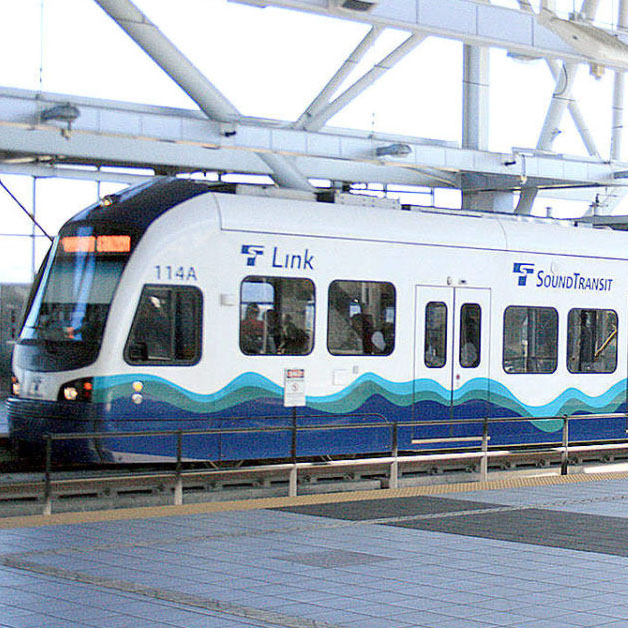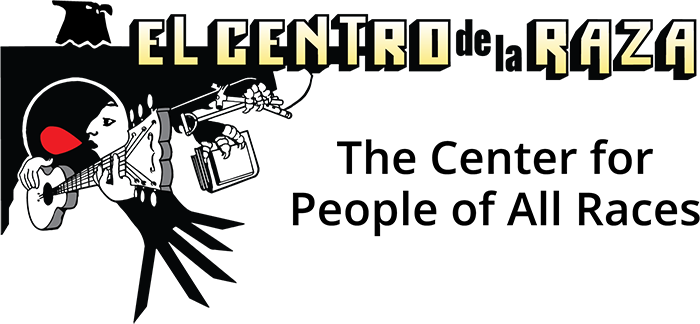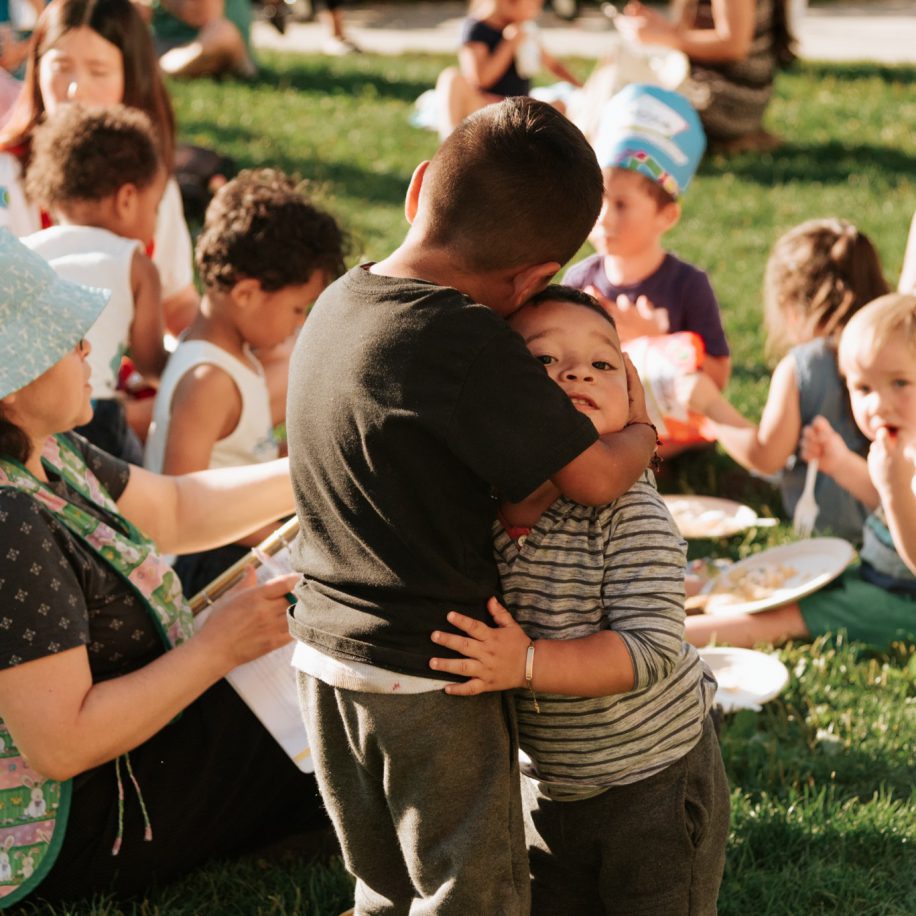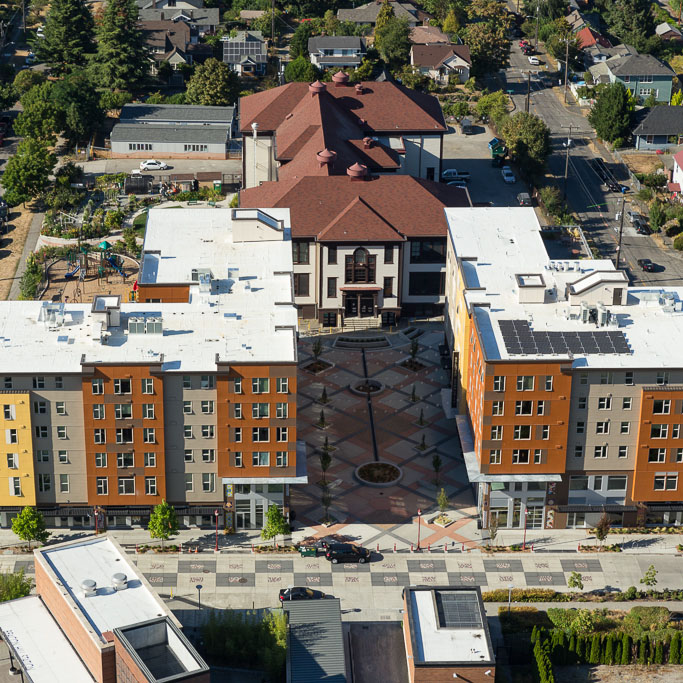Sound Transit has recently announced publically the implementation phase of its Link Light Rail’s forthcoming expansion to the East King County area. They have already begun preparations, and here is what riders need to know.
Rather than shut down service entirely during new track construction, Sound Transit will implement its Connect 2020 plan: over ten weeks in January 2020, trains will run at a reduced frequency of every 12 minutes, and riders continuing through downtown Seattle will need to switch trains at Pioneer Square Station. Passengers will experience longer delays between trains, crowding, and increased travel times.
This major transit line will serve riders to and from East King County at a total of 10 new stations and be operational in 2023. In addition to these changes, to prepare for the aforementioned construction, Sound Transit needs to reduce Link service for three weekends this fall. On the weekends of October 12-13, October 26-27, and November 9-10, there will be no Link service between SODO-Capitol Hill. Trains will run from Angle Lake-SODO and UW-Capitol Hill, and free buses will connect the six stations in between. To learn more, click here to read Sound Transit’s blog post.
*Photo credit: Aaron Kunkler with Redmond Reporter, October 9, 2018.



